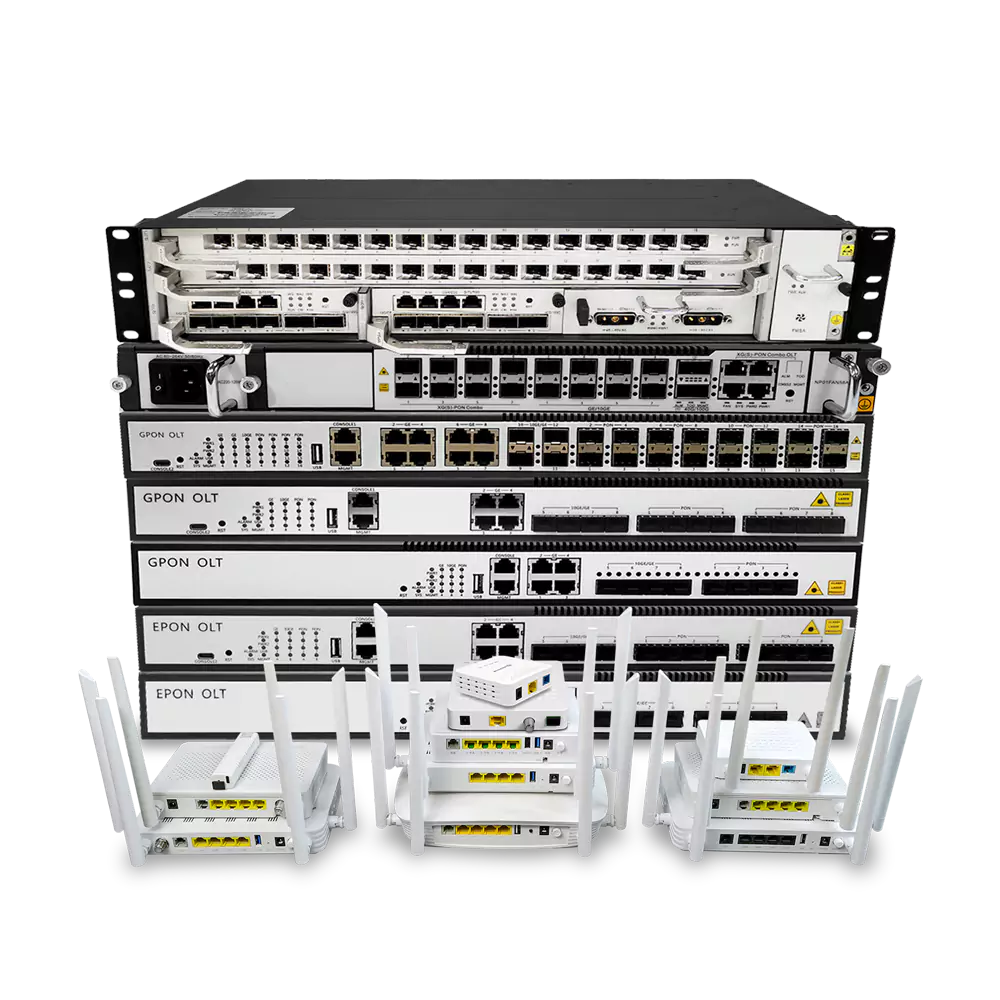Single-mode and multi-mode optical modules are two primary types used in fiber-optic communication, differing mainly in the type of fiber they employ and their respective application scenarios. Here’s a detailed look at their definitions, advantages, and disadvantages:

1. Definition
- Single-Mode Optical Module
A single-mode optical module uses single-mode fiber, typically transmitting at wavelengths of 1310nm or 1550nm. The core of single-mode fiber is very narrow (about 8-10 microns), allowing only one light propagation mode, which reduces dispersion (spreading of the light pulse) and is suitable for long-distance transmission. - Multi-Mode Optical Module
A multi-mode optical module uses multi-mode fiber, usually transmitting light at an 850nm wavelength. The core of multi-mode fiber is thicker (50 or 62.5 microns) and supports multiple light propagation modes. Multi-mode fiber is primarily used for short-distance transmission because the modal dispersion can cause signal distortion over longer distances.
2. Advantages and Disadvantages
- Single-Mode Optical Module
- Advantages:
- Long-Distance Transmission: With low dispersion and reduced signal attenuation, single-mode fiber is typically used for distances up to 10 km or even hundreds of kilometers.
- High Bandwidth and Faster Transmission Speeds: Single-mode fiber supports a single light mode, enabling higher bandwidth and speed, making it ideal for high-speed networks.
- Disadvantages:
- Higher Cost: Single-mode modules and fibers are more expensive to produce and install, especially due to the complexity of the equipment and laser design.
- Difficult Installation and Alignment: Precise alignment is required, making installation and maintenance more challenging.
- Multi-Mode Optical Module
- Advantages:
- Lower Cost: Multi-mode fiber and modules are relatively more cost-effective, making them economical for short-distance, high-density cabling, especially within LAN environments.
- Easier Installation: Multi-mode fiber requires less precise alignment, simplifying installation and setup.
- Disadvantages:
- Limited Transmission Distance: Due to modal dispersion, multi-mode fiber is typically limited to short distances (usually under 500 meters), with significant signal degradation over longer spans.
- Lower Bandwidth and Speed: The bandwidth and transmission rates are lower compared to single-mode fiber, and the signal quality deteriorates as distance increases.
3. Application Scenarios
- Single-Mode Optical Module: Commonly used for wide area networks (WAN), metropolitan area networks (MAN), long-distance links, or high-speed requirements, such as interconnecting telecom stations or data centers over long distances.
- Multi-Mode Optical Module: Suitable for short-distance LANs, enterprise networks, or intra-data center connections, especially within buildings or campus environments where shorter cabling is sufficient.
Choosing between single-mode and multi-mode optical modules depends on network requirements, transmission distance, and budget constraints.

